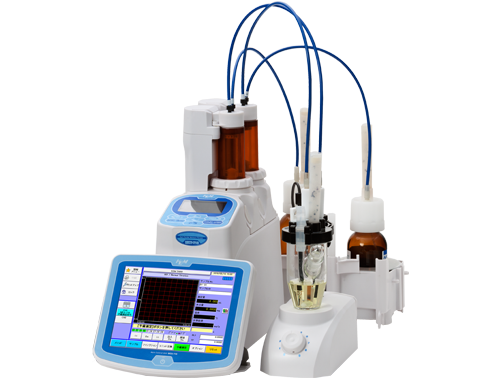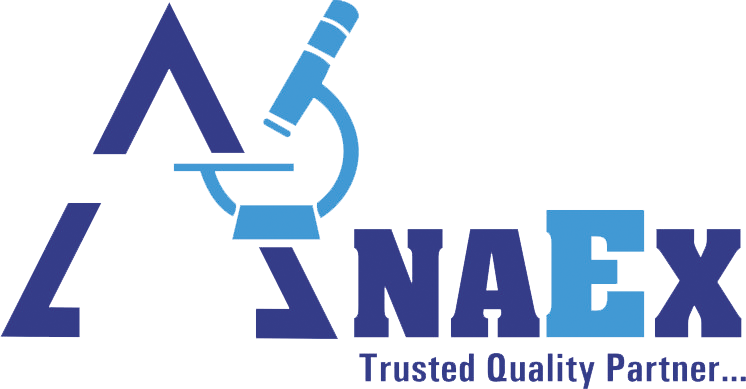Accreditation
Accreditation
Accreditation is a formal recognition process through which an organization, program, or institution demonstrates its adherence to established standards set by a recognized body. It is crucial for ensuring quality, consistency, and credibility in various fields, including education, healthcare, and laboratory services. Here’s an overview of the accreditation process and its importance:
Types of Accreditation
nstitutional Accreditation: Evaluates the entire institution, ensuring it meets specific educational standards.
Programmatic Accreditation: Focuses on specific programs or departments within an institution (e.g., laboratory science programs).
Laboratory Accreditation: For laboratories, this often involves compliance with standards like ISO/IEC 17025, which governs testing and calibration laboratories.
Importance of Accreditation
Quality Assurance: Ensures that an organization meets high-quality standards in its operations and services.
Credibility: Enhances the credibility and reputation of the institution or program among stakeholders, including employers and students.
Regulatory Compliance: Helps organizations comply with local, national, and international regulations.
The Accreditation Process
Self-Assessment: Organizations conduct an internal review to assess compliance with accreditation standards.
Preparation of Documentation: Develop comprehensive documentation that outlines policies, procedures, and evidence of compliance.
Site Visit: Accreditation bodies conduct an on-site evaluation to verify compliance with standards.
Steps for Seeking Accreditation
- Research: Identify the relevant accrediting bodies and their specific requirements for accreditation.
- Gap Analysis: Assess current practices against accreditation standards to identify areas needing improvement.
- Develop an Action Plan: Create a plan to address any gaps and enhance compliance with accreditation standards.
- Training and Awareness: Ensure staff are aware of accreditation processes and trained on necessary standards.
- Submit Application: Complete and submit the application for accreditation along with required documentation.

Accreditation Process and its Importance
By pursuing accreditation, organizations can demonstrate their commitment to quality and continuous improvement, ultimately enhancing their service delivery and stakeholder trust.
Common Accrediting Bodies
ISO (International Organization for Standardization): Provides standards for quality management and other areas. ANAB (ANSI National Accreditation Board): Offers accreditation for various organizations, including laboratories. AAALAC (Association for Assessment and Accreditation of Laboratory Animal Care): Focuses on the humane care and use of laboratory animals.
Challenges in Accreditation
Resource Intensive: The accreditation process can be time-consuming and require significant resources. Complex Standards: Understanding and meeting the diverse requirements set by accrediting bodies can be challenging. Continuous Compliance: Maintaining compliance post-accreditation requires ongoing effort and monitoring.
Benefits of Accreditation
Increased Funding Opportunities: Accredited institutions often have better access to grants and funding. Enhanced Student and Stakeholder Confidence: Accreditation can improve confidence among students, parents, and employers. Benchmarking: Provides a framework for evaluating and improving practices against industry standards.
